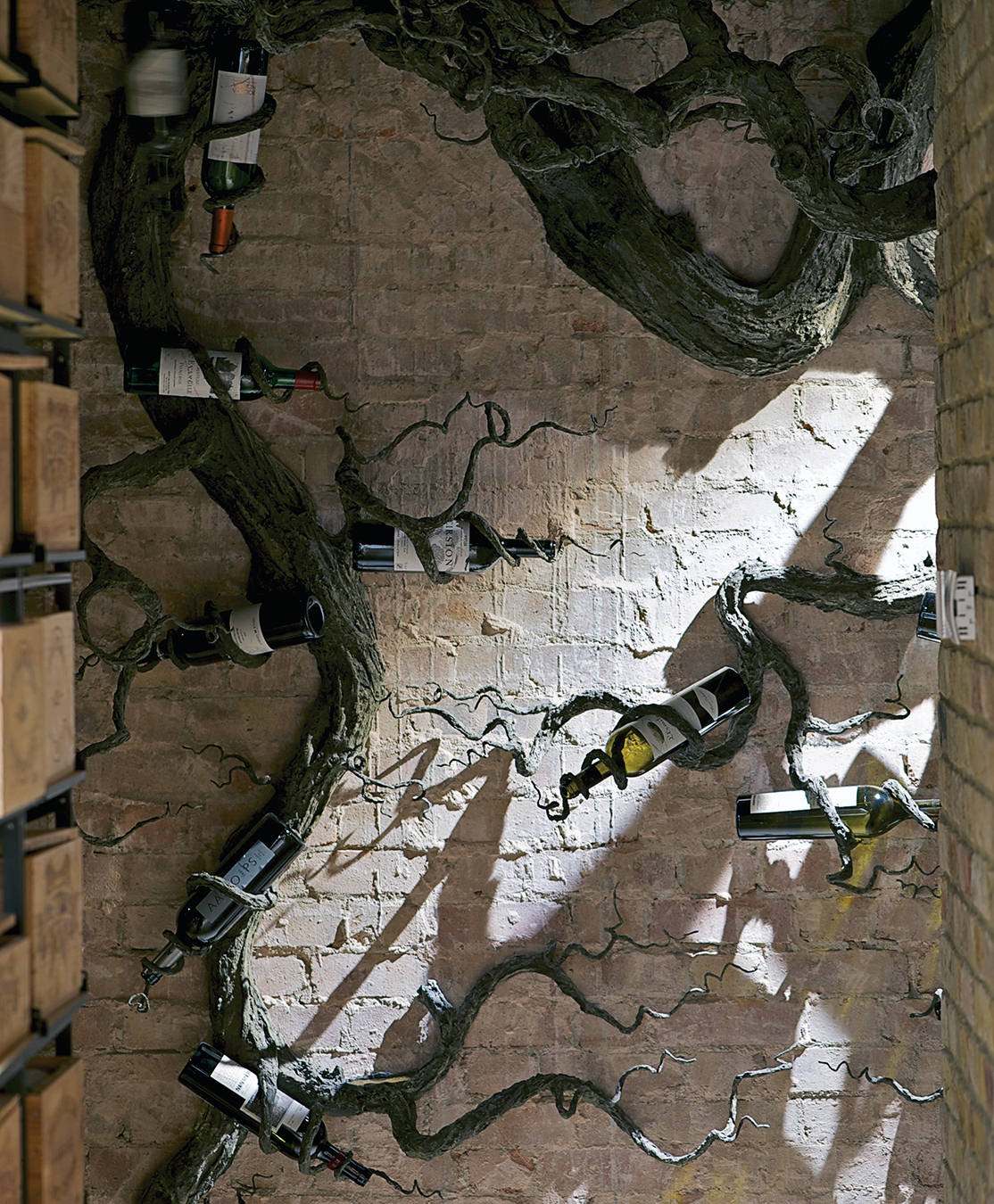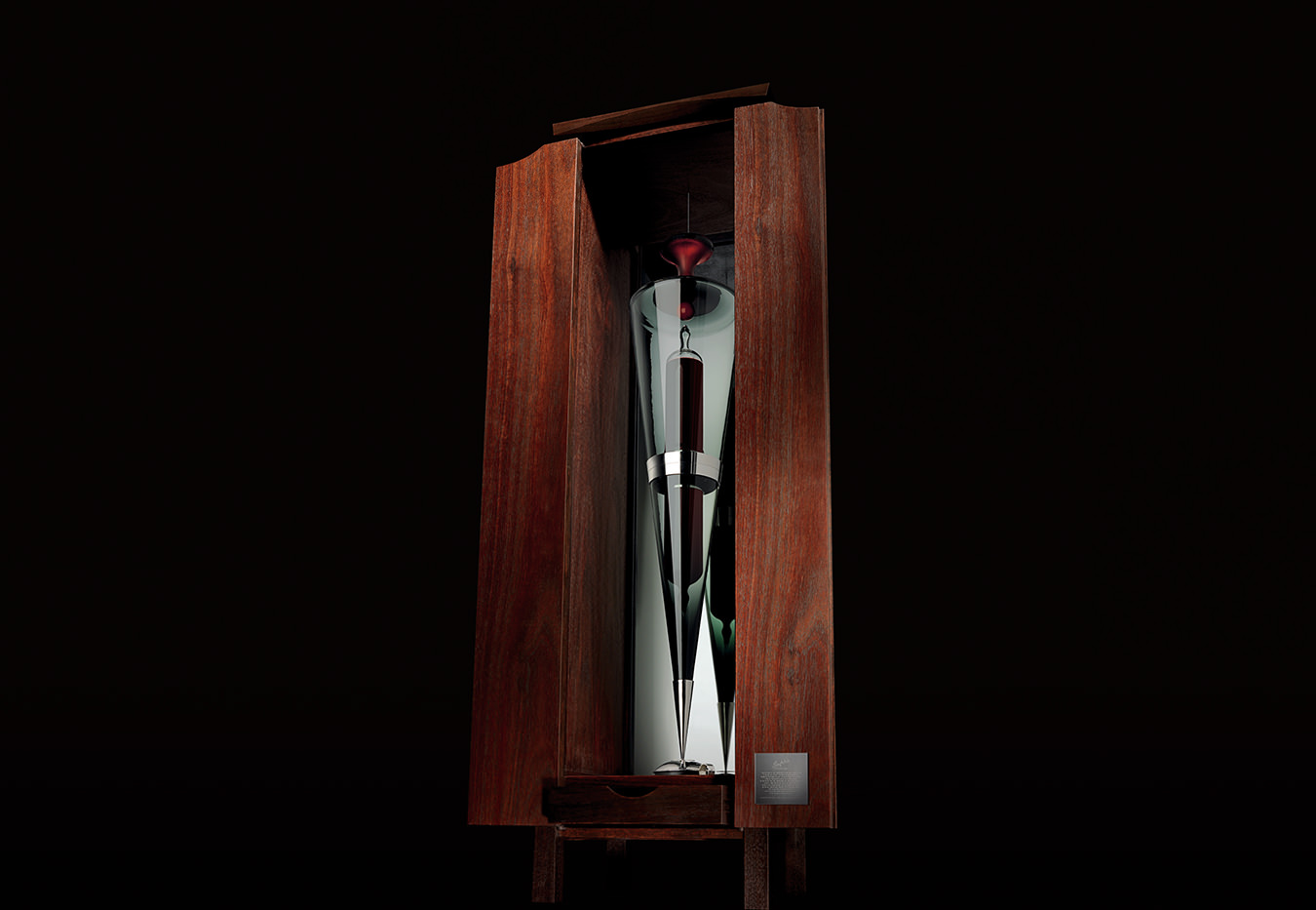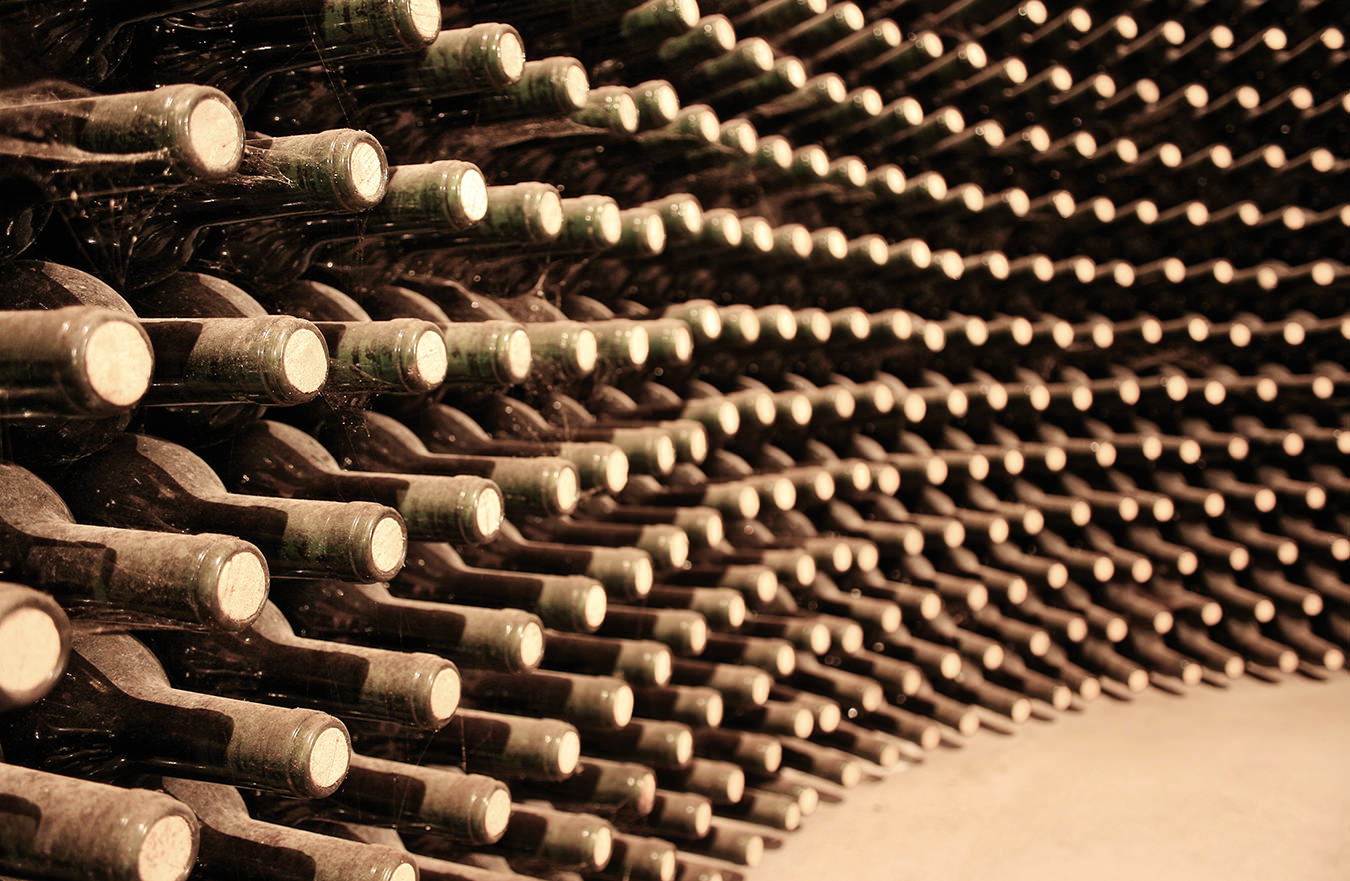COVID-19 and the World of Wine
Drinking in self-isolation.

The long-term effects of the COVID-19 pandemic on the wine we drink are yet to unfold, as are its effects on the economy and on everyday life. But even at this early stage we can see its impact on the long chain of decisions and events that leads to our glass of wine.
The first casualties were the 2020 editions of major wine competitions and fairs, nearly all of which have been postponed or cancelled. TEXSOM International Wine Awards in Dallas went ahead in February, but the Decanter World Wine Awards in London were postponed, as were two major wine fairs: ProWein in Düsseldorf and Vinitaly in Verona.
Wine importers and agents will still need wine, even if they cannot meet producers face to face and taste their latest releases. On the other hand, wine importers and agencies that work primarily with restaurants, bars, and clubs do not need nearly as much wine as they did because public drinking places are closed almost everywhere. Even though restaurants in many places can include wine in takeout and delivered meals, there is unlikely to be much uptake.
Some of the lost restaurant sales will be made up by people buying more wine to drink at home. It’s quite possible that retail sales of wine (and other alcoholic beverages) will increase during this period. Purchases by consumers who have lost their jobs or need to cut discretionary spending will decline. But many people who are confined to their homes for weeks or months might well start to consume more alcohol as a way of making long-term confinement more palatable.
Most governments that regulate alcohol sales have accommodated wine consumers by including alcohol retailers among essential services. Only one Canadian province, Newfoundland and Labrador, has closed its liquor stores (online sales continue), and Prince Edward Island has closed all but one. Elsewhere liquor stores are open, albeit sometimes with restricted hours. Ontario supermarkets are now permitted to sell wine over a longer period each day, and more than 100 Ontario wineries are offering free delivery, as are some in British Columbia.
Wine production will continue everywhere because the wine industry is considered essential. It is a major employer and in some places makes a considerable contribution to the national economy and to exports. Moreover, the cadence of work in the vineyards, as in agriculture generally, is determined by the weather; the seasons cannot be put on hold during the pandemic.
Most of the vineyard work, such as pruning and spraying, can be done by workers who are well spaced from one another, and that is also true for harvesting the grapes. Migrant workers are employed for vineyard work throughout the world, and the Canadian government has exempted seasonal workers in agriculture from the general ban on non-Canadians entering the country.
But making wine involves teams of workers, and the logistics of physical distancing depend on the size of the winery and the scale of production. In the Southern Hemisphere, where grapes are harvested any time between February and April, some winemaking is being done by minimal crews wearing masks, and wineries are being cleaned regularly. It’s the same in the Northern Hemisphere where wines are being aged and bottled. When wineries in Canada, the U.S., and Europe start harvesting grapes and making wine in September and October, the effects will depend on the prevailing restrictions on movement.
Almost all Canadian wineries sell the great bulk of their wine within their province, and as long as their workers are able to work, and liquor stores and wine shops stay open, they have a good chance of weathering the crisis. But in some parts of Europe, it’s already more complicated. In Italy, wine stores are closed and supermarkets are the only retail source of wine. Smaller producers that don’t produce enough for mass sales will have little income this year and some will fail.
But all possibilities are on the table, and the severity and length of the COVID-19 crisis, together with the evolving economic and financial landscape, will determine what happens to the wine supply and wine markets over the longer term. For the moment the biggest effect has been on consumer habits. Wine is historically a social drink, to be enjoyed with family, friends, and colleagues. For the time being, we will drink our wine alone or with a very limited and unchanging cast of companions.
________
Never miss a story. Sign up for NUVO’s weekly newsletter here.




